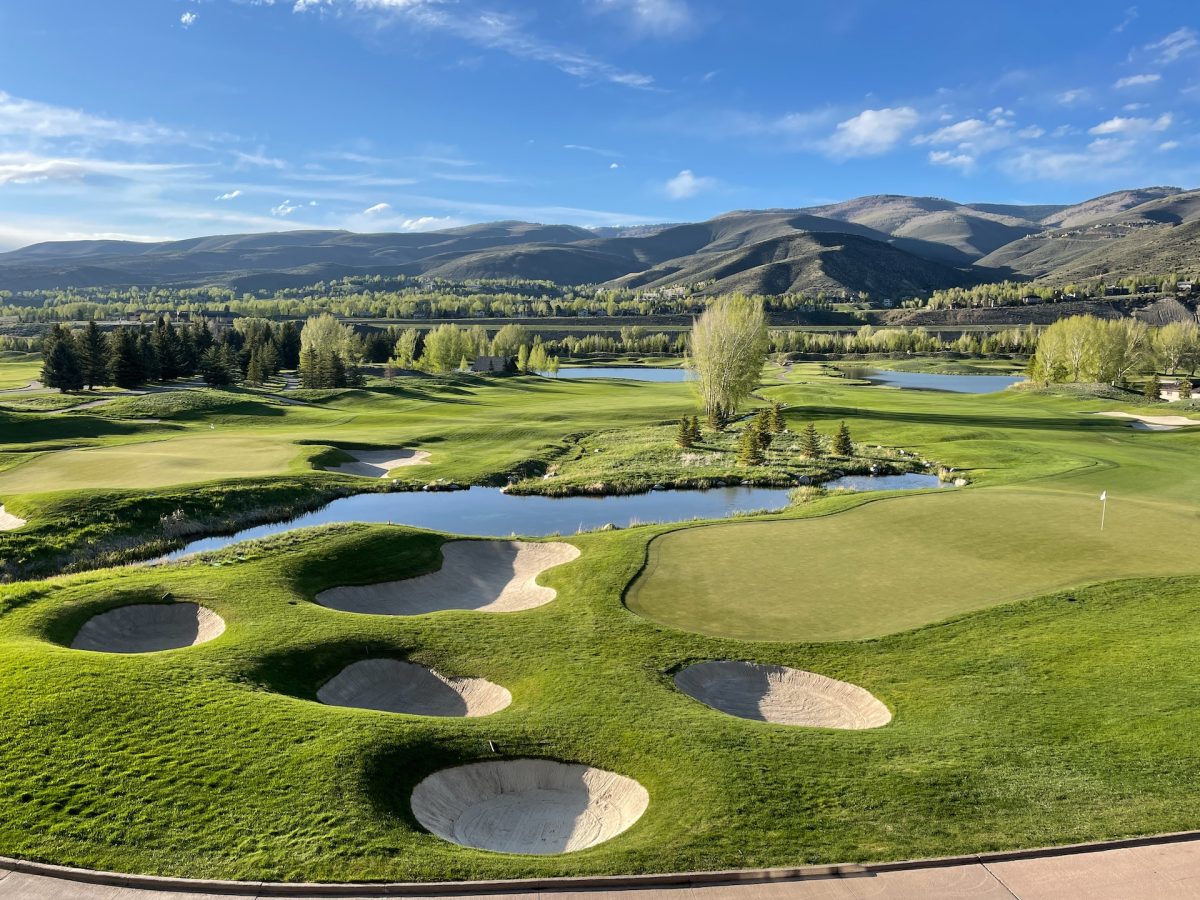
How many acres is a golf course is one of those questions true fans of the game of golf may have wondered. It would also be a handy little bit of information to know for a trivia night. Want to know how much walking you would do if you didn’t ride a golf court? We’ll take a swing at how much land it takes to bring you a round of golf.
How many acres a golf course covers

The answer isn’t as straightforward as you’d think. Is it a 9-hole course? 18? How many 3-par or 4-par holes are there? Is the course par 70 or par 72? You don’t have to do the math, but knowing how many acres make up a golf course is sort of a numbers game.
Factors for the size
To put things in perspective, one acre is a bit smaller than one football field. But what’s on the course will decide how much land is needed. Each course will be different because no two courses have the same lineup of elements.
- Hazards
- Fairways
- Roughs
- Tee boxes
- Greens
- Holes
How many hazards and what kind, the difficulty of the course, the layout, natural elements like water and trees, and the size of the greens will all play a hand in figuring out how many acres a course will cover.
Average 9-hole course
For a regular 9-hole course, around 20 to 60 acres of land will be needed. How many par 4 holes are in the course, and if there is a par 5 hole would have to be factored in, but you would need between 1,000 to 3,000 yards in total.
Club examples
The Sweetens Cove Golf Club in South Pittsburg, Tennessee, takes over 420 acres for you to play a standard 36 par, 9-hole round.
You could play a 35-par game on 40 acres at the Winter Park Golf Course in Winter Park, Florida.
Average 18-hole course
When teeing up on an 18-hole course, 74 to 150 acres of land is required, with a par 72 course needing anywhere from 120 acres up to 200 acres.
Club examples
The Circling Raven Golf Club in Worley, Idaho, breaks the average size, coming in at 620 acres to round out its 72-par course. But it’s Idaho, and there is plenty of land to spare there.
The Ala Wai Golf Course in Honolulu, Hawaii, sits on just 145 acres with its 70 par course.
How many acres other kinds of courses need

Putt-putt courses sit on about half an acre for families and friends to see who knows how to best a windmill sail. You could practice on a driving range or a pitch and putt course on 12 acres. Golf courses, known as executive courses, can be squeezed onto 40 to 50 acres.
All football fields are the same size, no matter if it’s high school, college, or pro. College and NBA courts are the same. But golf takes a different approach. We all love riding the golf court around the course, as it’s one of the best parts of the game. But whether you drive or walk, now you know how many acres you’ve been covering during your weekend putt around the course.



